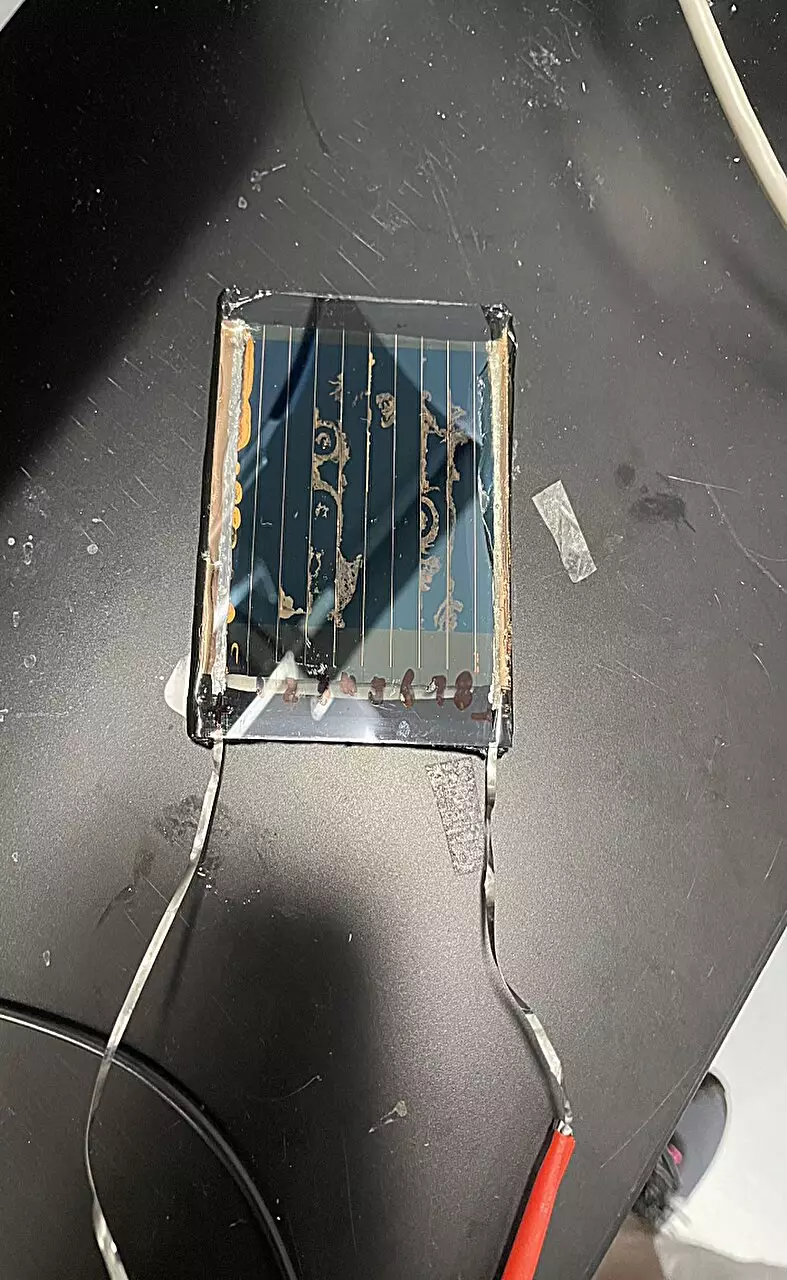When it comes to solar cells, one of the biggest challenges is dealing with shaded cells in a module. The shaded cell can be subjected to reverse bias conditions, which can lead to instability and performance deterioration over time. Researchers at the University of North Carolina at Chapel Hill have recently introduced a new strategy to address this issue and improve the stability of perovskite solar cells (PSCs) under reverse bias conditions.
Perovskite cells have a significantly thinner photoactive layer compared to other types of solar cells, making them more susceptible to the effects of reverse bias. The notorious ion migration in perovskites also contributes to their instability under these conditions. Previous studies have shown that PSCs can break down or degrade after just a few seconds to a few minutes under reverse bias, highlighting the urgent need for a solution to this problem.
In their research, Jinsong Huang and his colleagues applied various reverse bias values to PSCs and closely examined the mechanisms underlying the degradation of these cells. They discovered a series of electrochemical reactions that led to the generation of iodine, causing corrosion of the Cu electrode and ultimately leading to the breakdown of the solar cells. By understanding these degradation mechanisms, the researchers were able to develop a new device stacking that significantly improved the stability of PSCs under reverse bias conditions.
The findings of this study have significant implications for the future of perovskite-based photovoltaics. With the development of more stable PSCs, the large-scale commercialization of perovskite-based PVs could become a reality. The research conducted by Huang and his team opens up new possibilities for the future deployment of perovskite modules in real-world settings, without the need for costly bypass diodes to protect against reverse bias conditions.
The stability of perovskite solar cells is a crucial factor in their future viability as a sustainable energy source. By identifying the degradation mechanisms associated with reverse bias conditions and developing effective strategies to address them, researchers are paving the way for the widespread adoption of perovskite-based photovoltaics. Further studies and advancements in this area are needed to fully unlock the potential of perovskite solar cells and accelerate the transition to clean, renewable energy sources.


Leave a Reply